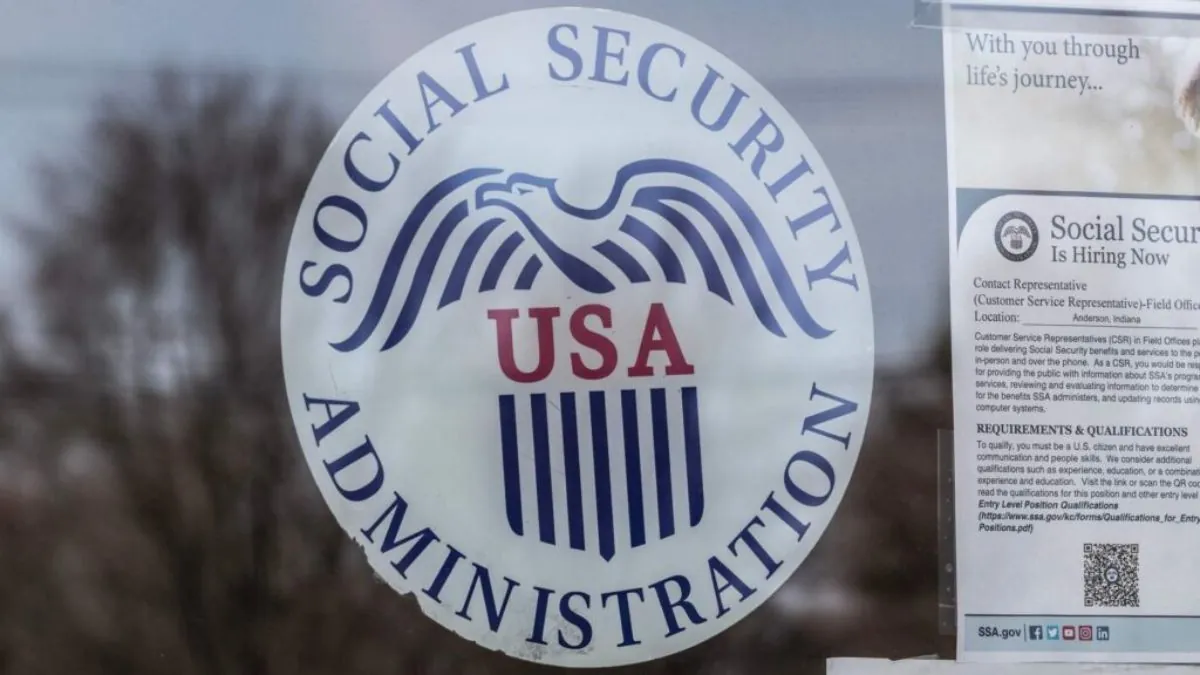Millions of Social Security recipients will soon need to transition to a new login system to maintain access to their My Social Security accounts. The Social Security Administration (SSA) has recently announced changes that will require users to switch from the old system to a new, more secure method to manage their online benefits and services.
Transition to Login.gov or ID.me for Online Access
The SSA revealed that individuals who created their My Social Security accounts before September 18, 2021, must switch to either Login.gov or ID.me in order to continue accessing their Social Security information online. This shift is part of the agency’s effort to enhance security and streamline the online experience for account holders.
While over 5 million users have already made the switch, approximately 46 million still need to complete the process. For those affected, the SSA has initiated a public awareness campaign to inform users of the impending changes. Though no final deadline has been set, the transition is a necessary step to ensure uninterrupted access to Social Security services.
A Seamless Transition: What Users Can Expect
For account holders ready to make the change, the process is straightforward. When logging into their My Social Security account with existing credentials, users will be prompted to transition to Login.gov. By following simple instructions, they will link their account to the new system, which uses two-step authentication for added security.
Once this transition is complete, users will continue to enjoy full access to the suite of My Social Security services, including benefit management, Social Security card replacements, and future benefit estimations.
Addressing Customer Service Challenges
The SSA’s decision to move to a new login system is also driven by ongoing challenges in customer service. One of the key pain points has been long wait times for phone support. According to the SSA, the average wait time for callers to the agency’s helpline was 24 minutes in April, a reduction from the previous average of 42 minutes in November.
By reducing the reliance on phone services and enhancing the security of online accounts, the SSA hopes to provide a smoother experience for users. The agency aims to further improve wait times, with a goal of reducing them to around 32 minutes by September 2025.
Martin O’Malley: Championing the Login Transition
The transition to Login.gov has been strongly supported by Martin O’Malley, the current Social Security Commissioner. In a recent statement, O’Malley emphasized the importance of enhancing user experience and security through this transition.
“My Social Security is a safe and secure way for people to do business with us. We’re excited to transition to Login.gov to access our online services, streamlining the process and ease of use for the public across agencies,” O’Malley said.
This transition is part of a broader strategy to help the SSA deal with increasing customer demand while ensuring the privacy and security of users’ personal information.
My Social Security: Still Free and Accessible for All
It’s important to note that My Social Security accounts remain free and accessible to everyone, including beneficiaries and those not yet receiving Social Security benefits. Through these accounts, users can apply for and manage their benefits, track their application status, and more.
As the SSA continues its efforts to improve the digital experience, the transition to Login.gov and ID.me is expected to make it easier for people to interact with the agency online without unnecessary delays or complications.
Moving Forward: What to Expect
While the SSA is still in the early stages of this transition, more detailed instructions and timelines are expected to be released in the coming months. The agency is urging account holders who have not yet switched to the new system to take proactive steps to do so. This will help avoid any disruptions in accessing vital Social Security services.
This Article Includes







